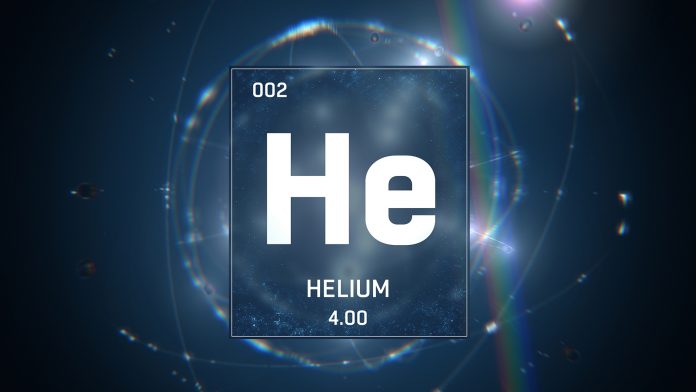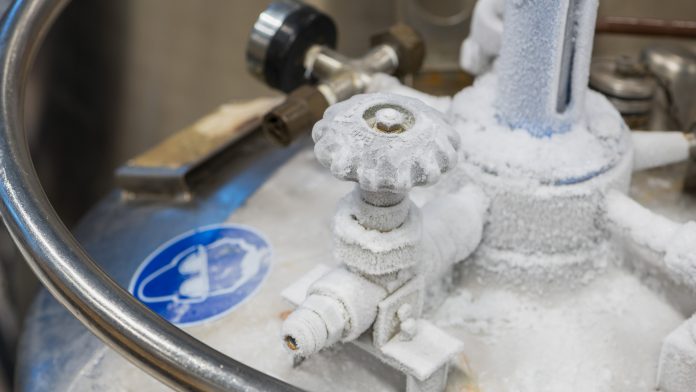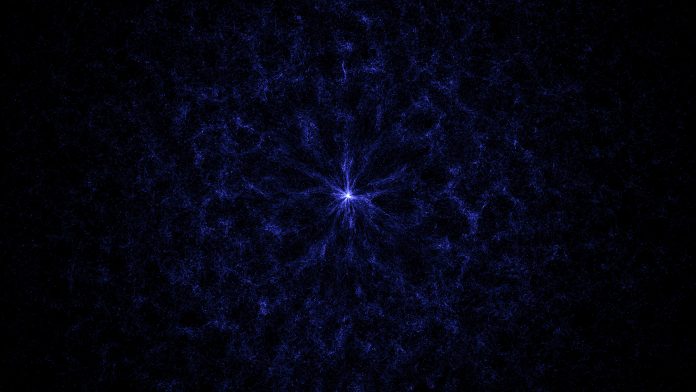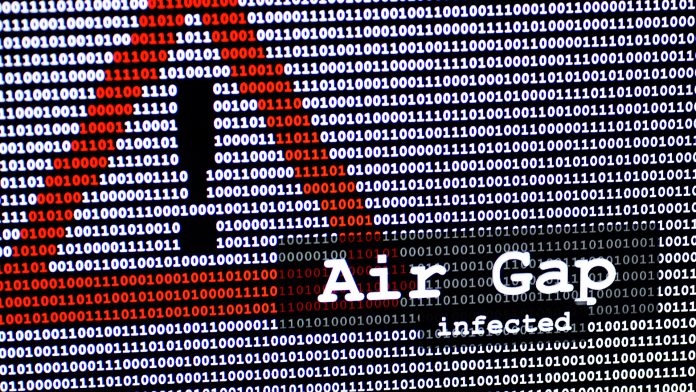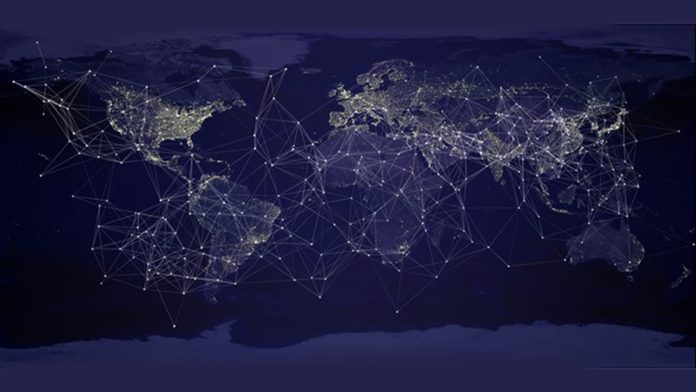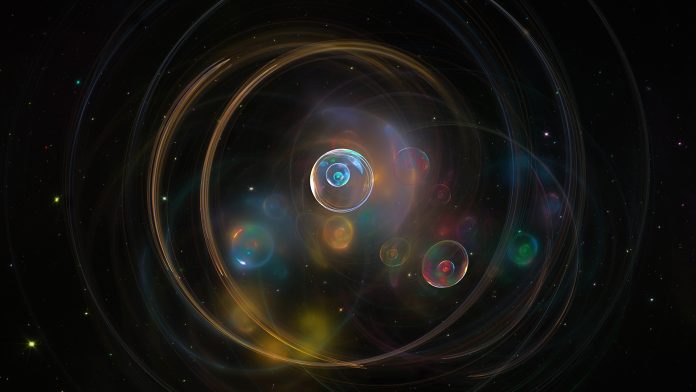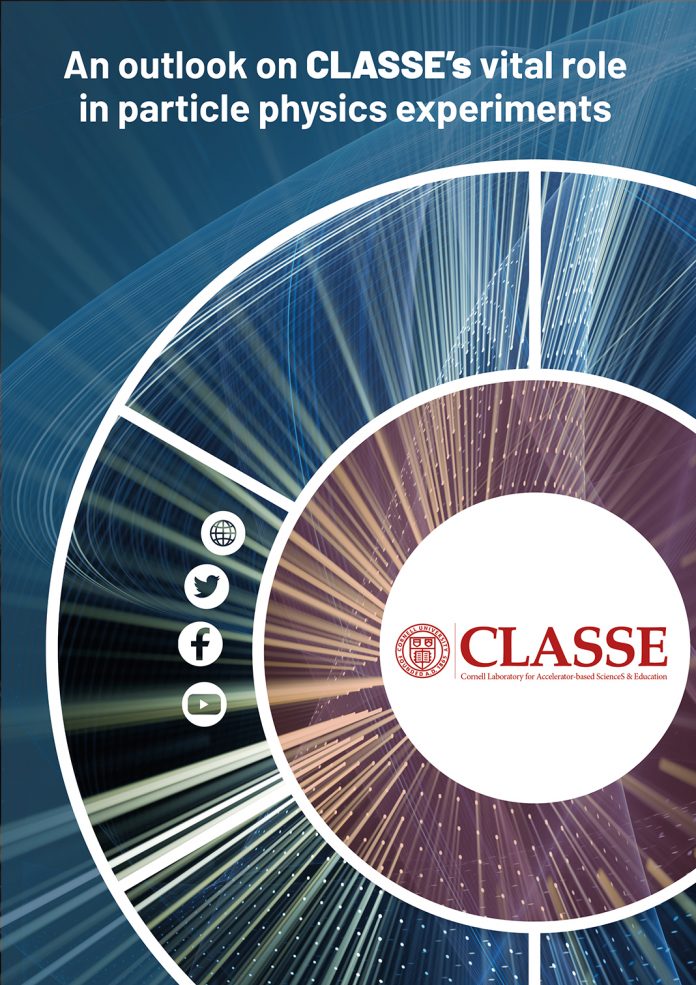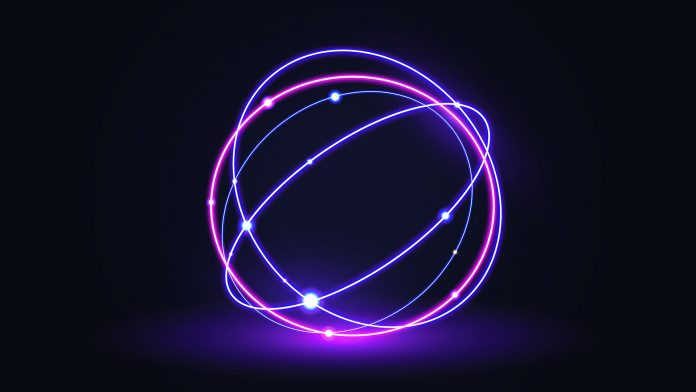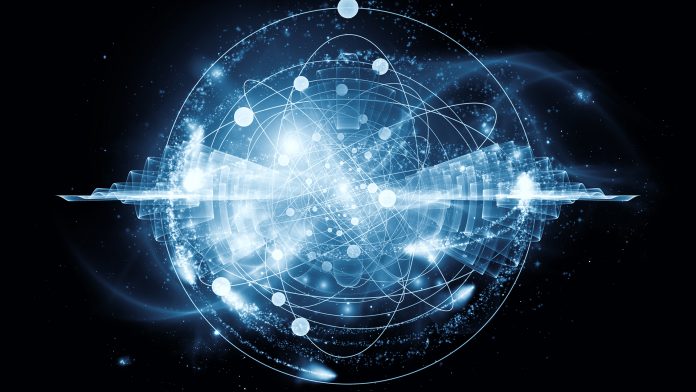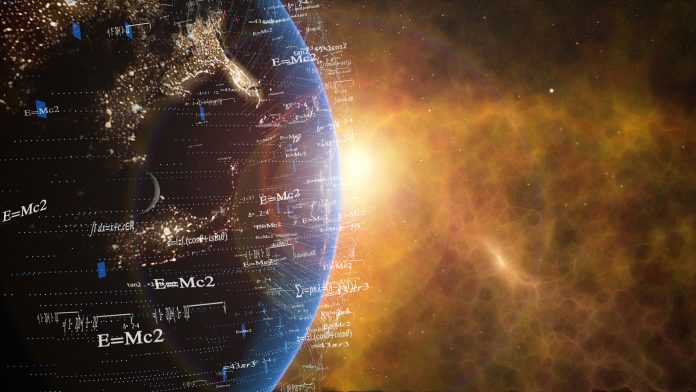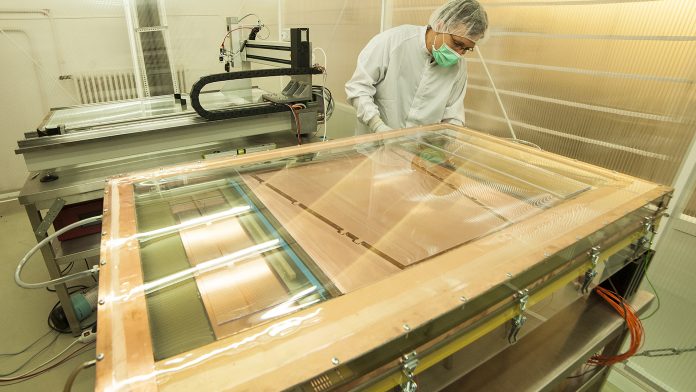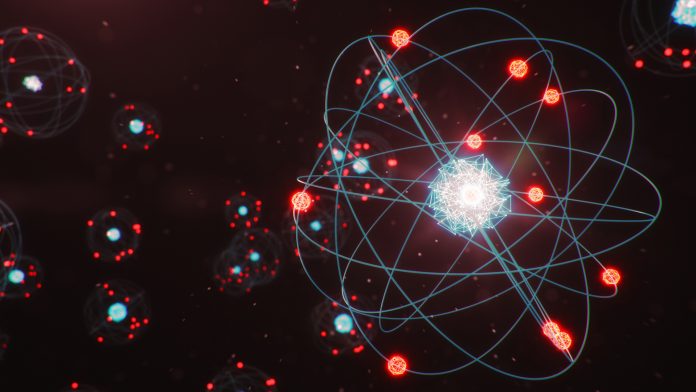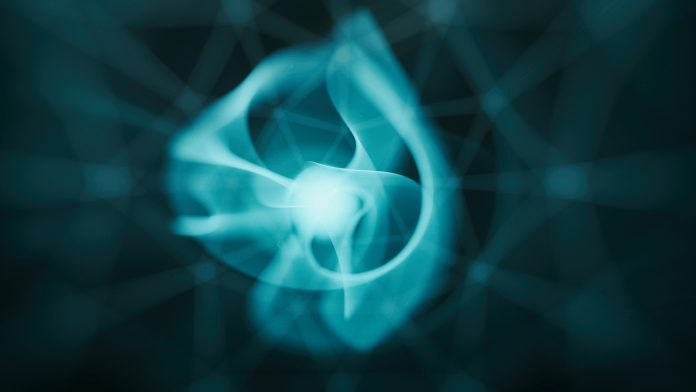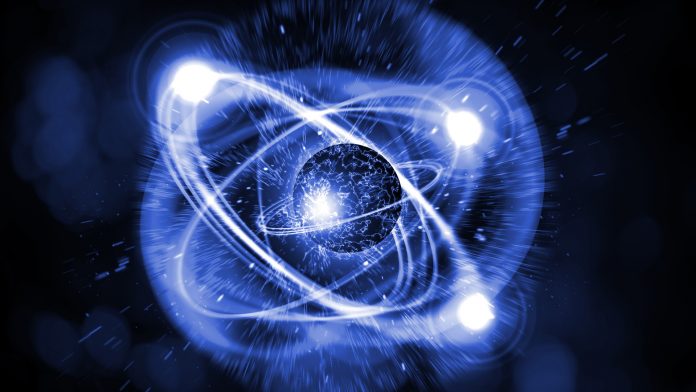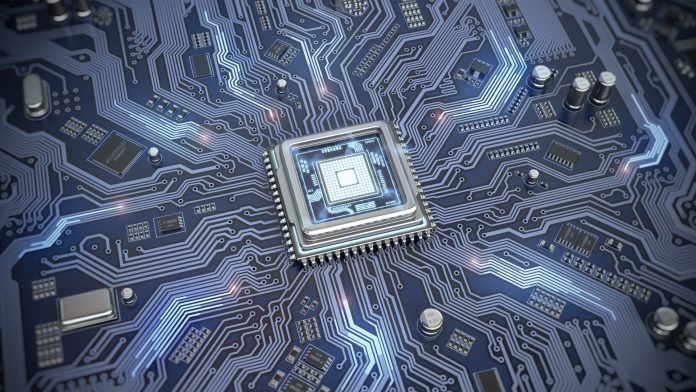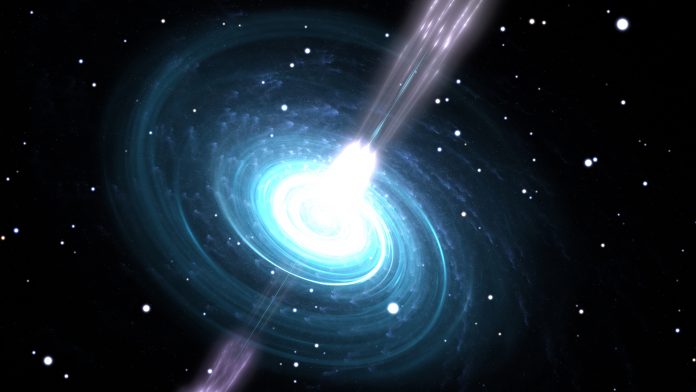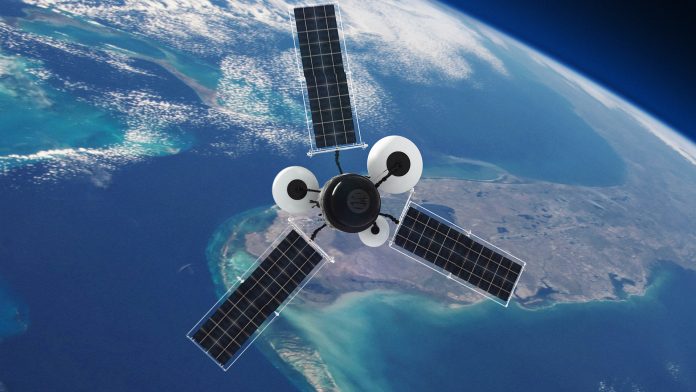Innovation News Network brings you the latest research and innovation news from the fields of science, environment, energy, critical raw materials, technology, and electric vehicles.
Home Search
quantum mechanics - search results
If you're not happy with the results, please do another search
The clean energy and scientific uses of helium isotopes
Learn about the vast clean energy, technological, and scientific uses of helium isotopes, from fusion reactors to medical imaging.
Exploring the vast benefits of liquid helium ballast refrigeration
Innovation News Network investigates the extensive benefits and applications of liquid helium ballast refrigeration.
Promising new method established in the search for dark matter
Discover how a team of scientists has used the COSY particle accelerator to detect axions in the search for dark matter.
How can hackers gain access to air-gapped computers?
Discover how recent advancements in quantum computing may be dangerous and pave the way for attacks on air-gapped computers.
UK-based solar technologies boosted with £2.1m funding
Discover how a huge support package from the UK Space Agency will propel UK-based solar technologies to new heights.
Why do heavy quarks get caught up in the flow?
Learn about the new calculation that will help physicists interpret experimental data to better understand the interactions of heavy quarks.
CLASSE’s essential role in particle physics experiments
CLASSE's eBook provides an in-depth look at their essential role in globally-significant particle physics experiments.
Creating an optical atom with water droplets
Researchers from the University of Gothenburg have shed new light on how atoms work through a water-based experiment.
Bose-Einstein condensate created using quasiparticles for the first time
Physicists at the University of Tokyo have developed the first Bose-Einstein condensate from quasiparticles.
Researchers challenge Einstein’s theory using extreme stars
An international research team have conducted a 16-year long experiment with the aim to challenge Einstein’s theory of general relativity.
A research team from the...
In Wigner’s footsteps: High energy physics at the Wigner RCP
Péter Lévai, Director of the Institute for Particle and Nuclear Physics and Director General of Wigner Research Centre for Physics, outlines recent research activities...
Study displays novel crystal structure for hydrogen under high pressure
Using data science and supercomputer simulations, researchers have identified a potential crystal phase for hydrogen solidified at extreme pressures.
Elements in the periodic table can...
Linking atomic nuclei size and blackhole thermodynamic principles
Researchers have discovered a fundamental connection between the size of atomic nuclei and blackhole thermodynamic principles.
By utilising a novel method centred on an innovative...
The GlueX Experiment: Investigating the gluonic excitations of mesons
Professor Curtis A Meyer, from Carnegie Mellon University’s Department of Physics, provides fascinating insights into the cutting-edge research conducted at the GlueX Experiment.
Over the...
Shining a light on nuclear astrophysics
Professor Moshe Gai, from the University of Connecticut, and Dr Robin Smith, of Sheffield Hallam University, discuss new opportunities for nuclear astrophysics with gamma-beams at the HIƴS facility of TUNL in the USA and at the newly constructed ELI-NP facility in Romani.
Low cost, industrial scale, high-quality CVD graphene production
A ‘wonder material’ trapped in the lab for almost two decades, graphene’s potential has finally been unlocked with the production of cost effective, high-quality CVD graphene.
Developing a novel tool for analysing massive superconducting circuits
Researchers have developed a technique for analysing large superconducting circuits, which could facilitate advancements in the field of quantum computing.
Studying neutron star matter in the laboratory
Goethe University’s Professor Joachim Stroth explores neutron star matter and what happens when two of the densest macroscopic objects we know of merge.
What happens...
Attaining accurate weather forecasts and nuclear theory with supercomputers
Professor James P. Vary from the Department of Physics and Astronomy at Iowa State University explains how supercomputers are revolutionising weather forecasts and predictive...
Travelling around the world through nuclear physics
Professor Vladimir Zelevinsky from Michigan State University describes his journey in nuclear physics, from student life in Moscow to family life and a successful career in the USA.

